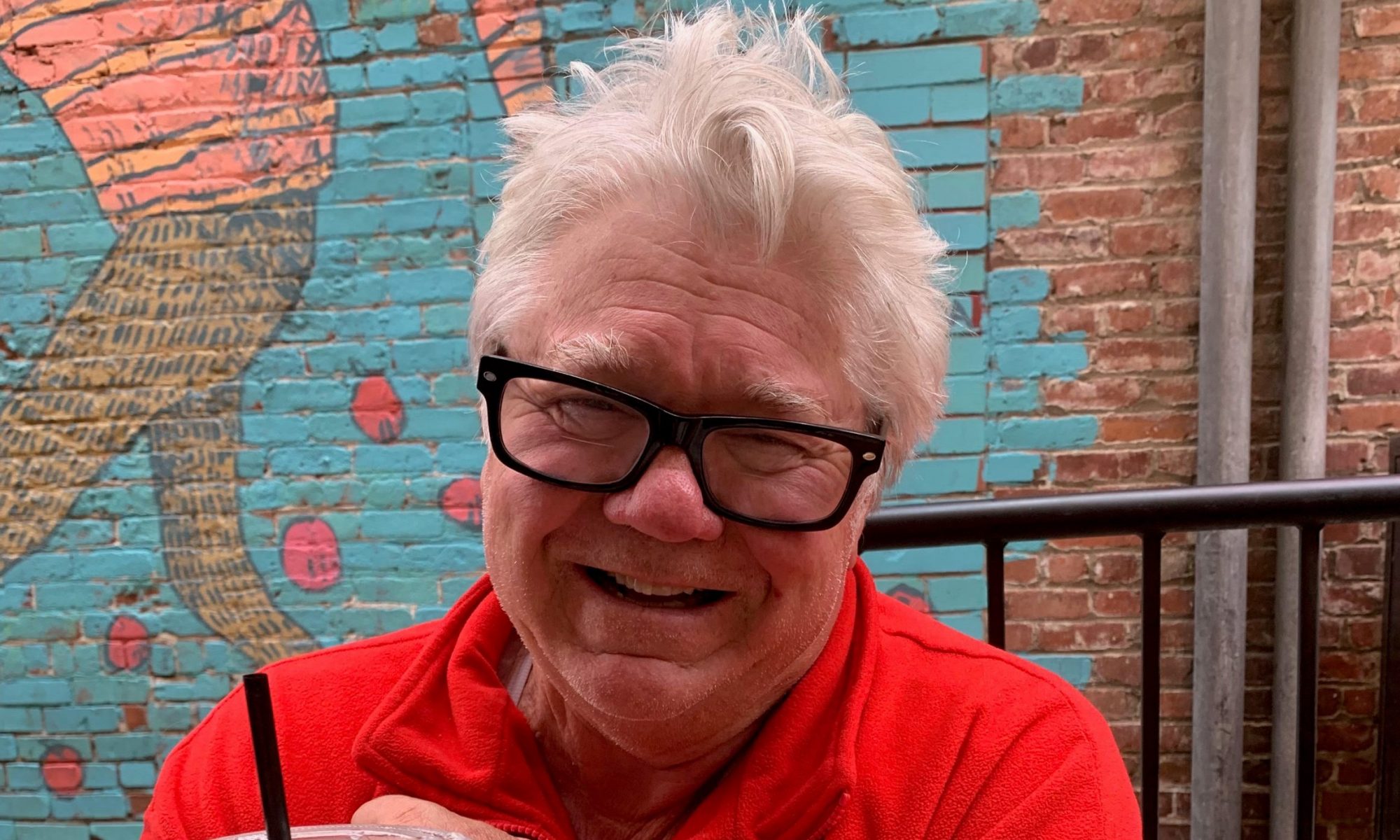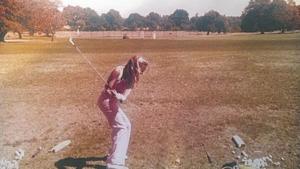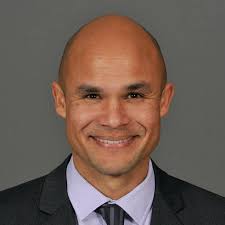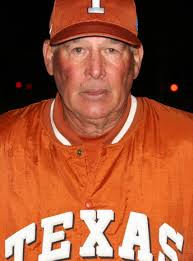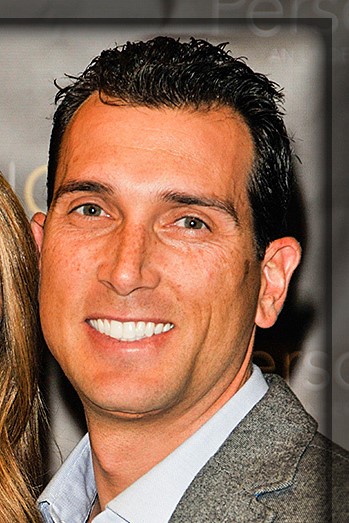A Redlands Connection is a concoction of sports memories emanating from a city that once numbered less than 20,000 people. From pro football’s Super Bowl to baseball’s World Series, from dynamic soccer’s World Cup to golf’s and tennis’ U.S. Open, major auto racing, plus NCAA Final Four connections, Tour de France cycling, more major tennis like Wimbledon, tiny connections to that NBA and a little NHL, major college football, Kentucky Derby, aquatics and Olympic Games, that sparkling little city sits around halfway between Los Angeles and Palm Springs on Interstate 10. This future Olympian jumped beyond Redlands, using I-10 to escape. – Obrey Brown
Bernardine Damon, a mere mother, heard me mention about her youngest of four children talk about Olympic Games as a goal during her prep days. It was news to her.
“My jaw just about dropped,” she said. “I had no idea she had those thoughts.”
That youngest in Bernardine’s family, a daughter, Karol Damon kept jumping. She’d cleared 5-feet, 1-inch as a schoolgirl in Europe.
High jump, Damon later claimed, “was a big fluke. The other girls had all their marks and I didn’t know what I was doing.” Still, she kept going. It’s the essence of that sport.
In high school, she cleared 5-4, eventually leaping as high as 5-10 as a Redlands High School athlete. She was known as “Air Damon.”
*****
A side note: Girls’ prep track had only been established for a little over a decade. In the mid-1960s, Riverside Poly’s Rosie Bonds – aunt to eventual HR champion Barry Bonds – told me stories about leaving California during her prep days in order to find competitive girls’ meets.
Rosie wound up at Olympics, 1964 in Tokyo. It would take about a decade for California to upgrade its athletics program to somewhat include competitive girls’ programs.

*****
At Redlands, Jim Scribner left the boys’ team as its coach to take the girls’ squad. Scribner’s girls had bunked heads with the likes of San Gorgonio High’s Howard sisters in 1979. One of those, Sherri Howard, won a gold medal (4 x 400, 1984 L.A. Games).
Scribner had to dope out meets against a high-powered Eisenhower High team from nearby Rialto.
Redlands High track & field was one of that campus’ top athletic programs. Often, those Lady Terriers had to match their depth with other teams’ top performers – winning meets, perhaps, by piling up points by flooding events with a prolific group of athletes.
Few Redlands tracksters were legitimate multiple-event winners.
Triple jump star Camille Robertson, a CIF champion in 1983, might have been a multiple event star. Long jump champion Carolyn Zeller, in 1977, might have been the Lady Terriers’ first female track star. Damon was a key figure when she rolled along.
DAMON SHOWED UP AS AN AIR FORCE ‘BRAT’
Like a lot of athletes at Redlands High, Damon was there because her father was an Air Force man. Norton Air Force Base. open at that time, was nearby in San Bernardino.
Dean Olson had taken over as coach from Scribner. He had inherited a track & field jewel. Damon? Slim. Perky. Attractive. Lithe. Athletic. Blond. She climbed to a school record 5-feet-10 in actual meets. There were, at times, six-foot jumps … in practice.
“She wouldn’t tune you out,” said Olson. “She was just tuned into her event.”
As a prep star, she was a great interview. Alert. Humble. Knew how to size up her skills. Keen insight into her sport. Didn’t soak up many moments. There was much more to conquer. Never took away from teammates’ achievements, either.
By rule, prep coaches can only schedule an athlete into four events. That’s four events out of 14 – 15 when there was pole vault. Damon was good for 20 points in most meets.
In high school duals, event winners are awarded five points.
Four events, max. Five points awarded. That’s 20 points. In a dual meet where 65 points is the magic team-winning number, that’s almost one-third of point total.
Damon was like a 30-points-a-game scorer in basketball. Or averaging 38 kills in a volleyball match. Or hitting .480 in softball.
Someday soaring into Olympic games as a high jumper, Damon was always good for 5 ½ feet, or better, at a Redlands meet. She could also hurdle. Sprint. There was a 400. She could run relays. And long jump.
By Damon’s concluding prep career at Redlands, she had cleared 5-feet, 8-inches at that CIF-Southern Section championships held at Cerritos College in Norwalk.
Surrounded by Southern California’s most prestigious high jumpers, Damon soared to big school 4A championship. A week later, she won the CIF-Masters, clearing 5-6.
It was after Redlands that she started her ascent to that 2000 Sydney Olympic Games.
POST-REDLANDS TO THE OLYMPICS
Damon arrived at University of Colorado, where she was a four-time NCAA All-American. She was Big Eight champion in 1990. That year, one season after suffering a stress fracture, Damon had finally cleared six feet.
By 1991, she was Big Eight champion again, clearing 5-11 ½. Heading into that season, she was third at NCAA Indoors, her best ever at 6-2. After winning a Big Eight crown, that 6-feet, ¾-inch took was good for third at NCAA Outdoors. It was easy to figure she was getting better.
By 1992, every jump was at around six feet – second at Big Eight Indoor (6- ¾), tied for 11th at NCAA Indoor (5-11 ¼), third in Big Eight Outdoor (6- ¾), fourth at NCAA Outdoor (5-11 ½). A quick note: She was ranked ninth in Track & Field magazine. Not all those ranked were necessarily USA.
For good measure, she tried to claim a spot on that 1992 Barcelona Olympic squad, clearing a career-best 6-1 ¼, but tying for 7th at USA’s 1992 Trials. By this point, plenty of athletes might call it a career. Not this Redlands product.

By 1996, Damon cleared a personal best, soaring to a personal best 6-3 ½ to take fourth, one spot out of qualifying for Atlanta Olympic Games in 1996. Appropriately, she was ranked fourth by Track & Field.
By then, Damon had married male high jumper Randy Jenkins, so she was then known as Karol Jenkins.
She participated in most big meets – USA Indoors (6- ¼, 5th), Pan Am Games (6-2, 4th), USA Outdoors (6-feet, 9th), clearing a personal best 6-3 ½ in 1995. It was one year before Olympics. But that 6-3 ½ was one place shy of qualifying.
Veteran USA star Amy Acuff also cleared 6-3 ½, claiming that third and final Olympic spot on fewer misses.
Bulgaria’s Stefka Kostadinova had a world record, clearing a massive 6-10 ¼. Louise Ritter claimed the American mark at 6-8, twice.
Damon-Jenkins. Quit? No!
ONE LAST ATTEMPT TO QUALIFY
In 1997 through that 2000 Sydney Games Olympic year, Damon was among USA’s top five high jumpers. Acuff. Tisha Waller. Connie Teabury. Ritter.
It was training for big meets, those USA Outdoors and Indoors, Goodwill Games, World University Games, all in preparation for a world stage.
Held at Hornet Stadium at Sacramento State University’s stadium, Karol, no longer married to Randy Jenkins, was now Karol Rovelto. She’d married her coach from Kansas State. She was soaring against the likes of Acuff, Waller and Erin Aldrich.
In a remarkable 6-foot, 3-3/4-inch effort, her lifetime best, that onetime Redlands High star had won Trials. It was a Trials dominated by sprint star Marion Jones.
Damon-Rovelto, for her part, was ranked high jump No. 1 by Track & Field.
It was on to Sydney for the Olympics.
At 1.89 meters, which is 6-feet, 2 ¼-inches, Damon’s 24th place finish wasn’t close to eventual gold medalist – Yelena Yelesina, of Russiam her 2.01 meters just better than 6-8. Damon, like Acuff, failed to reach the finals.
Only a dozen years earlier, Damon had been launching her career from Redlands. Sixteen years after her Olympic experience, Damon-Rovelto was back at it.
A longtime coach at Kansas State, Rovelto took efforts with high jumper Alyx Treasure and heptathlete Akela Jones at the 2016 Rio de Janeiro Games.
You wonder if Bernardine knew about those dreams?
